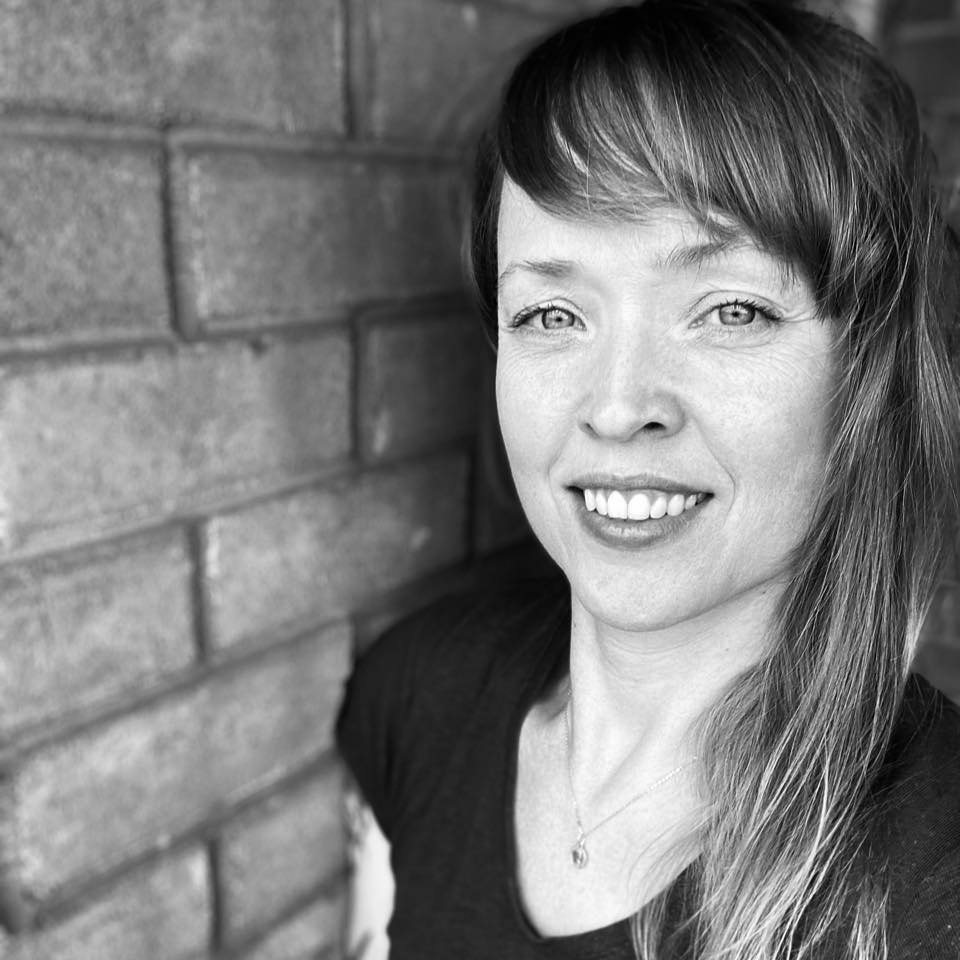A new Stockton University exhibit takes a closer look at white supremacy groups in an effort to better understand and curtail their reach.
“Within and Beyond Exclusionary Communities: White Supremacy and Racism in the United States” will remain on display at Stockton’s Galloway campus throughout the fall semester.
“Visitors will be surprised at how diverse the white supremacist movement is in terms of age, gender and motivations to join," said Elke Weesjes, a historian who is one of the exhibit's creators. "The popular notion that the white supremacist movement is nothing more than a band of angry white men is not just false, it is also harmful since it causes us to underestimate these groups' destructive power.”
By highlighting the involvement of women and children in these groups, the exhibit seeks to expand visitors' understanding of the white supremacist movement.
“The exhibit asks visitors, students and teachers to consider a number of key questions: Who are the people in white supremacy groups and organizations? Why did they join? Why, in some cases, do they leave?” explained Raz Segal, associate professor and director of Stockton’s Master of Arts in Holocaust and Genocide Studies.

The work of New York-based photojournalist Anthony Karen is part of the exhibit.
His work has been featured in Life and Time magazines, on Vice TV, in several documentaries and in the movie “Imperium,” about a young FBI agent who goes undercover as a white supremacist.
Karen has more than 20 years of experience photographing far-right extremist groups in the United States.

Elke Weesjes, a historian and the director , New York, is one of the creators of the exhibit.
The exhibit is also part of a project by Weesjes titled “Children of the (White Collar) Klan: Growing up in the American Far Right, 1960-1990.”
Weesjes is director of the Kingsborough Holocaust Center at Kingsborough Community College in Brooklyn.
“The hosts, creators and sponsors of the exhibit in no way support or condone the ideologies and actions of white supremacist groups and organizations,” Segal said. “We stand with people targeted by these groups – particularly African people across the Diaspora, Jews, Latinos, people of Asian descent, Indigenous people, and asylum seekers and other forcibly displaced people."
He explained that the exhibit is presented "as an integral part of the educational struggle for a society committed to equality, truth and justice."
“The exhibit seeks to understand the backgrounds and motivations of individuals in white supremacist groups," Segal added. "Only then do we have an opportunity to respond to them effectively and even recruit people away from these organizations.”
An opening event is scheduled for next Tuesday from 4:30 to 6 p.m. in F-221.
Weesjes will give a short lecture and engage in discussion with the audience, along with Karen.
Those who wish to attend can call 609-652-4699.
The exhibit is sponsored by the Master of Arts in Holocaust and Genocide Studies program, the Sara and Sam Schoffer Holocaust Resource Center, the Sam Azeez Museum of Woodbine Heritage, and the William T. Daly School of General Studies.